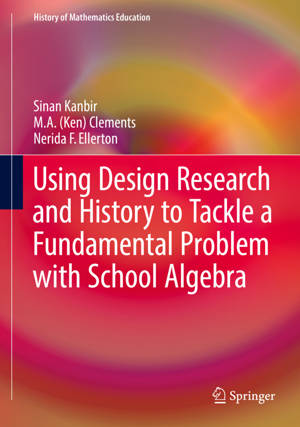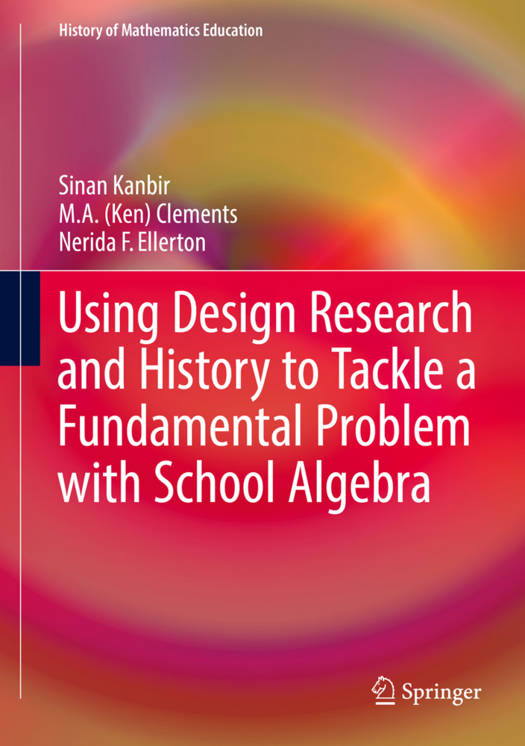
- Retrait gratuit dans votre magasin Club
- 7.000.000 titres dans notre catalogue
- Payer en toute sécurité
- Toujours un magasin près de chez vous
- Retrait gratuit dans votre magasin Club
- 7.000.000 titres dans notre catalogue
- Payer en toute sécurité
- Toujours un magasin près de chez vous
Using Design Research and History to Tackle a Fundamental Problem with School Algebra
Sinan Kanbir, Clements, Nerida F Ellerton
105,45 €
+ 210 points
Format
Description
first book to present a history of school algebraintroduces a design research approach to solving the fundamental problem of school algebrafeatures a foreword written by A. Eamonn Kelly, the world's top authority on design research in educationprovides a unique, and practical, combination of historical, theoretical, and statistical analysesincludes a comprehensive review of past research
Spécifications
Parties prenantes
- Auteur(s) :
- Editeur:
Contenu
- Nombre de pages :
- 327
- Langue:
- Anglais
- Collection :
Caractéristiques
- EAN:
- 9783319592039
- Date de parution :
- 16-11-17
- Format:
- Livre relié
- Format numérique:
- Genaaid
- Dimensions :
- 178 mm x 254 mm
- Poids :
- 825 g







